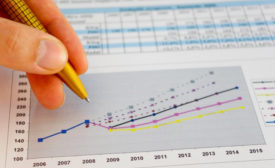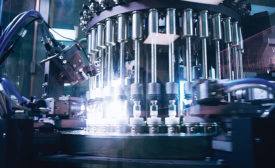Home » statistical analysis
Articles Tagged with ''statistical analysis''
Column | John Vandenbemden
Why Statistical Analysis Matters
Through data-driven product optimization, overseeing defect density levels and examining customer feedback and purchasing trends, statistical analysis can help manufacturing companies make better, more informed decisions.
April 11, 2022
Real Time Statistical Process Control
Real-time SPC, otherwise known as in-line SPC, is characterized by employing SPC during production.
March 16, 2022
Sponsored Content
Rubber Manufacturer Sets Out to Build Culture of Continuous Improvement and Data-Driven Decision-Making
Championing process improvement and waste reduction efforts in the rubber manufacturing field.
February 14, 2022
Sponsored Content
Lehigh Valley Health Network Reduces Length of Stay with Minitab
Two adjacent hospitals merged and grew patient volume by 40% on their Medical/Surgical and Cardiac units. To manage the increase, the project team at LVHN investigated opportunities to improve patient flow and staff satisfaction.
February 11, 2022
Dorian Shainin’s Influence on Quality Professionals, Part II
Quality professionals can learn much from the Shainin System.
January 15, 2018
Get our new eMagazine delivered to your inbox every month.
Stay in the know with Quality’s comprehensive coverage of the manufacturing and metrology industries.
SIGN UP TODAY!Copyright ©2024. All Rights Reserved BNP Media.
Design, CMS, Hosting & Web Development :: ePublishing










